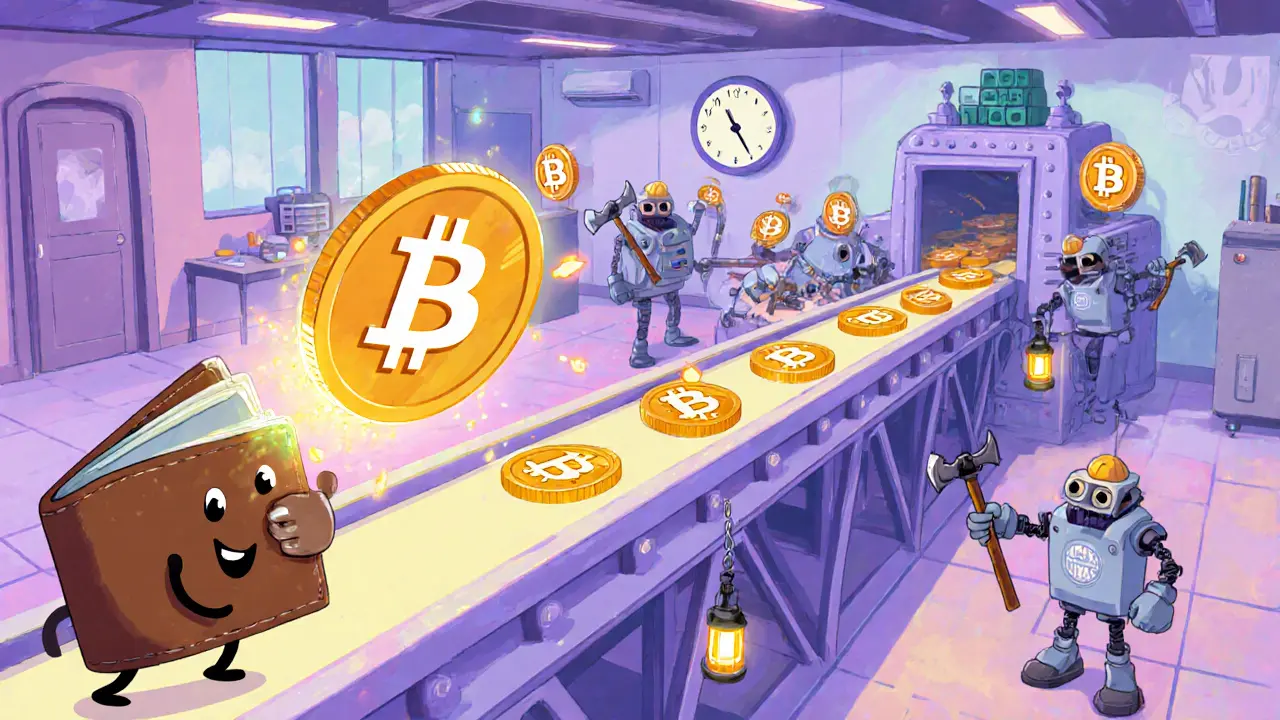Block Confirmation: What It Is and Why It Counts
When working with Block Confirmation, the process that verifies and records a transaction on a blockchain network. Also known as confirmation, it ensures that a transaction moves from being pending to being part of an immutable ledger. This whole flow depends on a blockchain transaction, the data package that moves value between addresses and on the work of a miner, the node that solves the cryptographic puzzle to add a new block. The miner’s effort is guided by a consensus algorithm, the set of rules that decides which block wins the race, whether it’s proof‑of‑work, proof‑of‑stake, or another model. In short, block confirmation encompasses transaction validation, miner competition, and consensus agreement, all of which protect the network from fraud and double‑spending.
How Many Confirmations Do You Really Need?
Every new block that builds on top of your transaction adds another layer of security. Most wallets treat a single block as enough to show a pending state, but exchanges usually wait for six or more confirmations before crediting a deposit. The reason is simple: each extra block makes it exponentially harder for an attacker to rewrite history. On a proof‑of‑work chain, a 51 % attack would need to out‑mine the honest miners for every block you rely on, which quickly becomes impractical. Proof‑of‑stake networks follow a similar logic, but instead of hashing power they rely on a validator’s stake. The key takeaway is that the required number of confirmations balances speed against safety. If you need funds instantly, you might accept one or two confirmations, but for large transfers or trades, waiting for the recommended count sharply reduces risk.
The articles below dive deep into real‑world examples of block confirmation across different coins, from Bitcoin’s six‑block rule to fast finality in newer chains. You’ll also find guides on monitoring confirmation status, setting alerts for when a transaction reaches a target count, and comparing how DeFi platforms handle confirmations versus traditional exchanges. Whether you’re a beginner trying to understand why your wallet says “pending” or a trader fine‑tuning exit strategies, the collection gives you practical tips and the technical background to make informed decisions.

